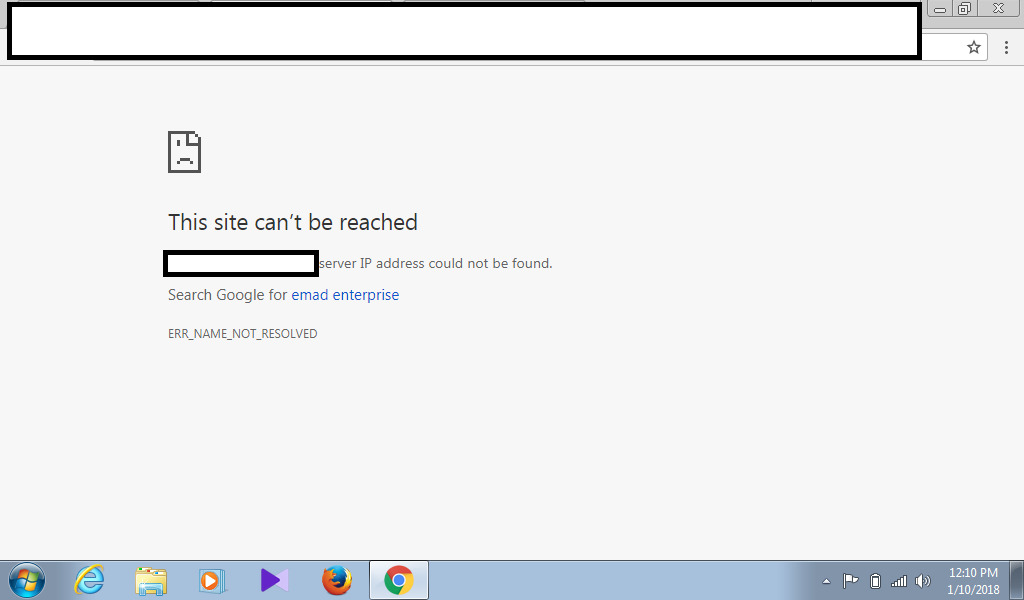SRV are ‘service’ type records added in dns zone files. These are added to indicate a certain kind of service runs on a specific port, on a specific domain/subdomain. Many control panel, will give clear distinction to make you select the following items in a srv record:
- Protocol Type (TCP/UDP)
- Weight
- Port
- Target Host
Now, if by any chance, you are doing it in a panel like Cyberpanel, or some other zone files, it is highly likely you will have a way to distinct any of these. This simple How to, is for them specially.
If for example, your domain is ‘nanotools.com’, and you are trying to add something like autodiscover.nanotools.com with the following details:
Protocol: TCP
Weight: 0
Port: 443
Target Host: fortinet.yourmails.com
Let’s start with is going to be your ‘name’ field. Usually you would use ‘autodiscover’ as the name field, but in this case, you would have to use it with the protocol with a underscore and a dot (._) in front as following:
autodiscover._tcp
Next, you enter TTL, Prioriy as you would also do. But at the end, you have 3 more fields to enter, but you have one content/value section in your zone. For the SRV records, we fill it like the following:
weight port target_host
It means, we first give the weight, then a space, then the port, then a space, then the target hostname and then a dot to end the section. In our case, it would be:
0 443 fortinet.yourmails.com.
So the whole record going to be as following: (expects priority is 10)
autodiscover._tcp 3600 IN SRV 10 0 443 frotinet.yourmails.com.
